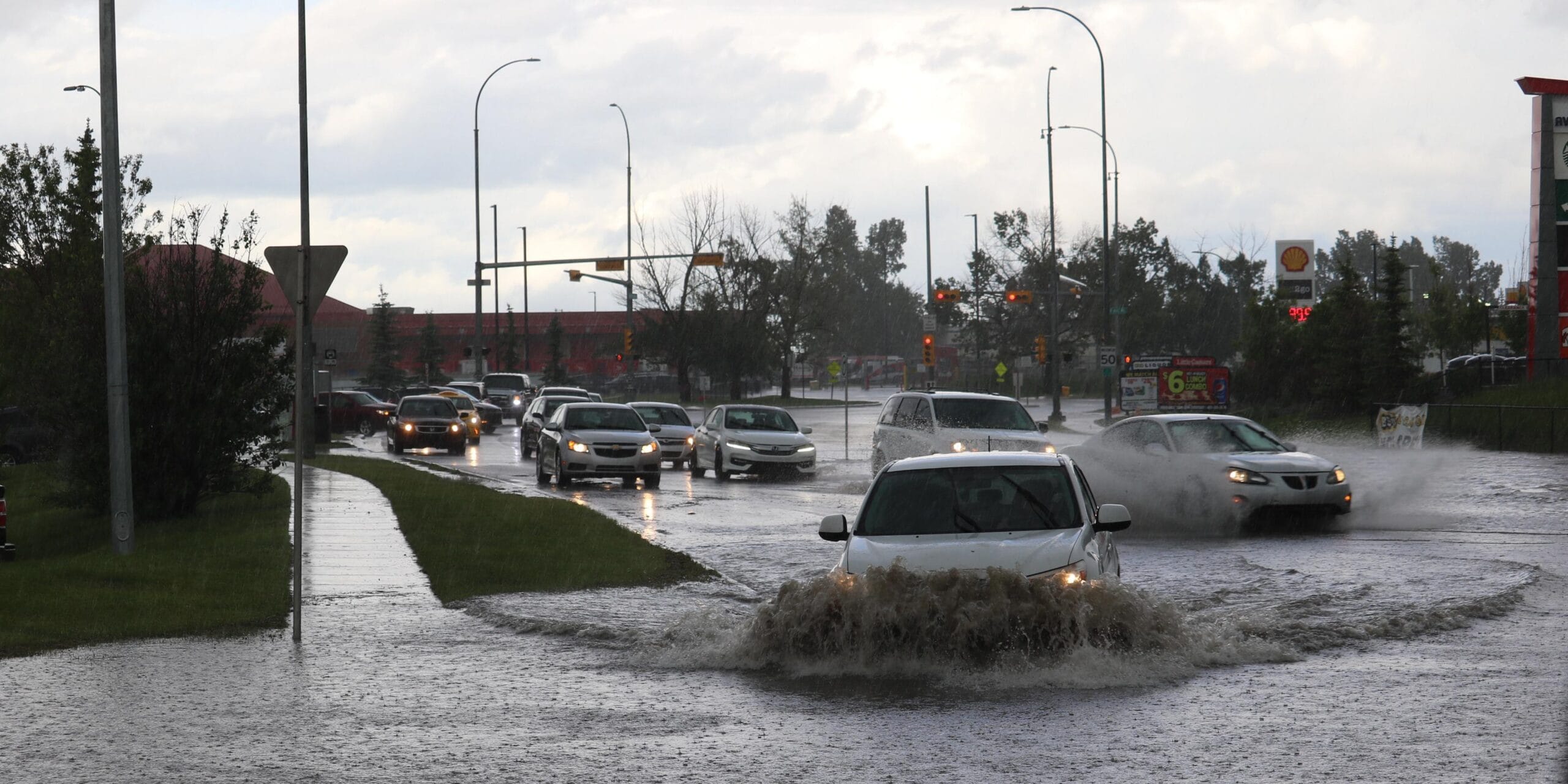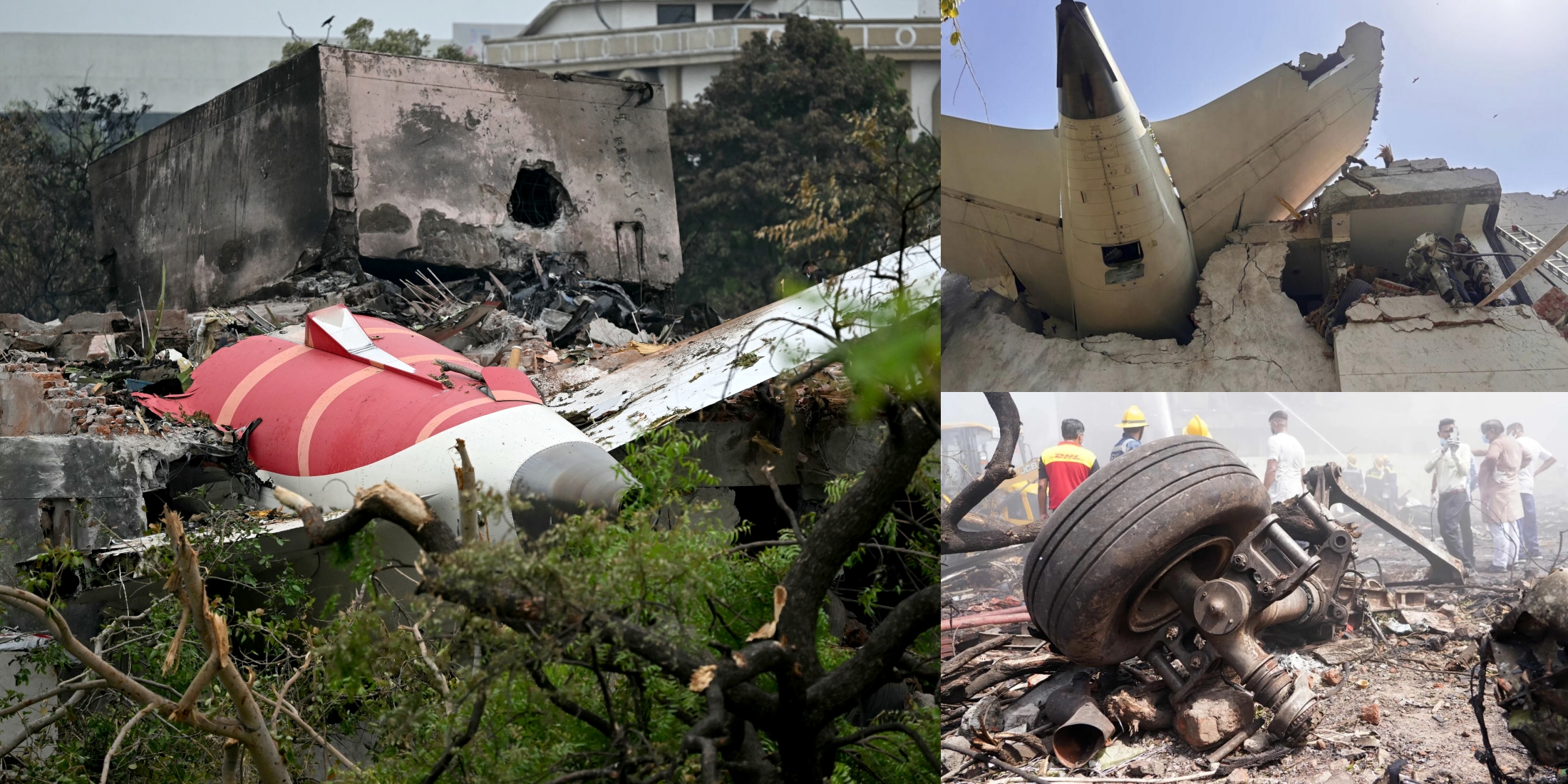The north-east monsoon in Thailand is causing torrential rain in Thailand, which, in turn, causing southern parts of the country to experience severe flooding. This monsoon season lasts between November and March. The winds from the north-east carry water particles (moisture) from the Gulf of Thailand. This moisture then causes heavy rain over the Thai gulf islands and the eastern parts of the southern peninsula.
Heavy rainfall is very common during this time in Thailand. However, the total rainfall in the southern parts of Thailand has been significantly above average this year. The second largest island in Thailand, Ko Samui, has recorded 571mm (22.48in) of rain only in December alone, the Guardian reports. Surprisingly enough, that’s about 375% of the average rainfall in December on the island. It may keep going up since January is still 10 days away. In the mainland, the Nakhon Si Thammarat province experienced 1,009 mm of rain, which is more than 400% of the province’s December average.
This heavy rainfall in November and December has caused five of Thailand’s provinces to be severely flooded. The massive flood has caused many buildings to collapse, which displaced thousands of people.
Many other nations are also experiencing extreme weather events this year. For instance, Canary Island in Spain has experienced extreme heat in December. To be more precise, Canary Island experienced the hottest recorded temperature in 100 years. The temperatures are above 30°C (86F) in several places, which is the highest. Supposedly, a weather phenomenon called a calima (blood rain) is behind these temperatures.
Calima happens when strong winds sweep Saharan dust into this region, causing the skies to get a striking reddish hue. These tiny dust particles in the air then have trapped heat and increased the already high temperature. This event has also reduced visibility to 1,000 meters (3.280 feet). These dust clouds can cause eye irritation and respiratory problems, so locals and visitors were advised to stay indoors by the local authorities.
In another part of the world, Cyclone Chido has continued to destroy everything in its path. On December 15, It reached Malawi as a moderate tropical storm with heavy rainfall and wind speeds of 124mph (200km/h) and heavy rainfall. As of December 18, seven deaths were reported and another 16 have been injured because of the cyclone. It has also damaged more than 250 houses in the area.










